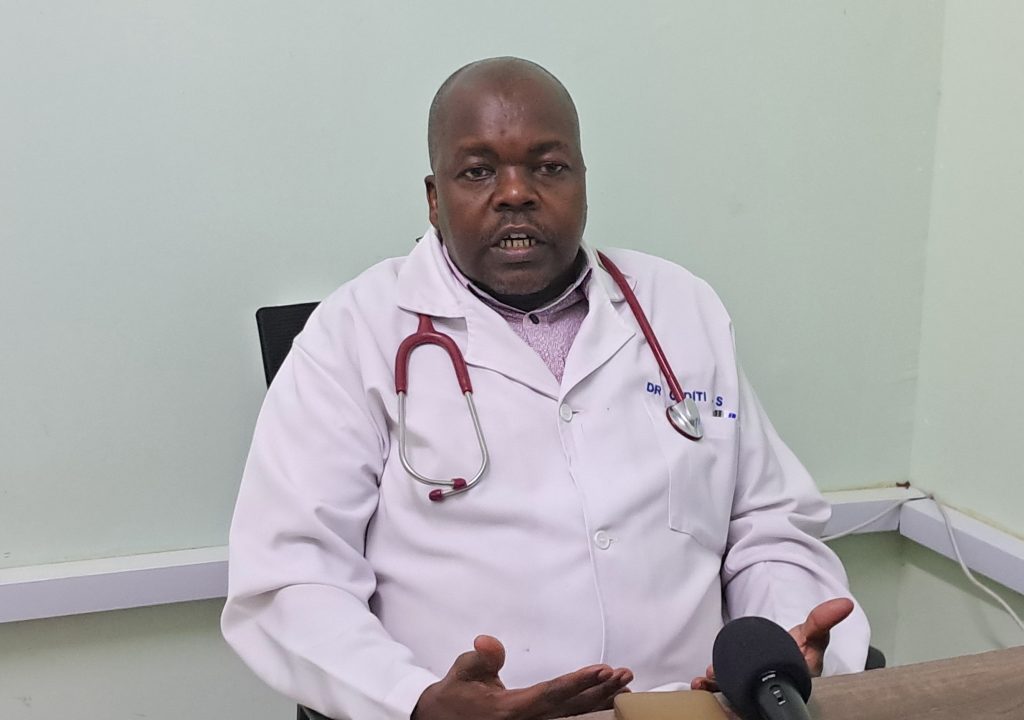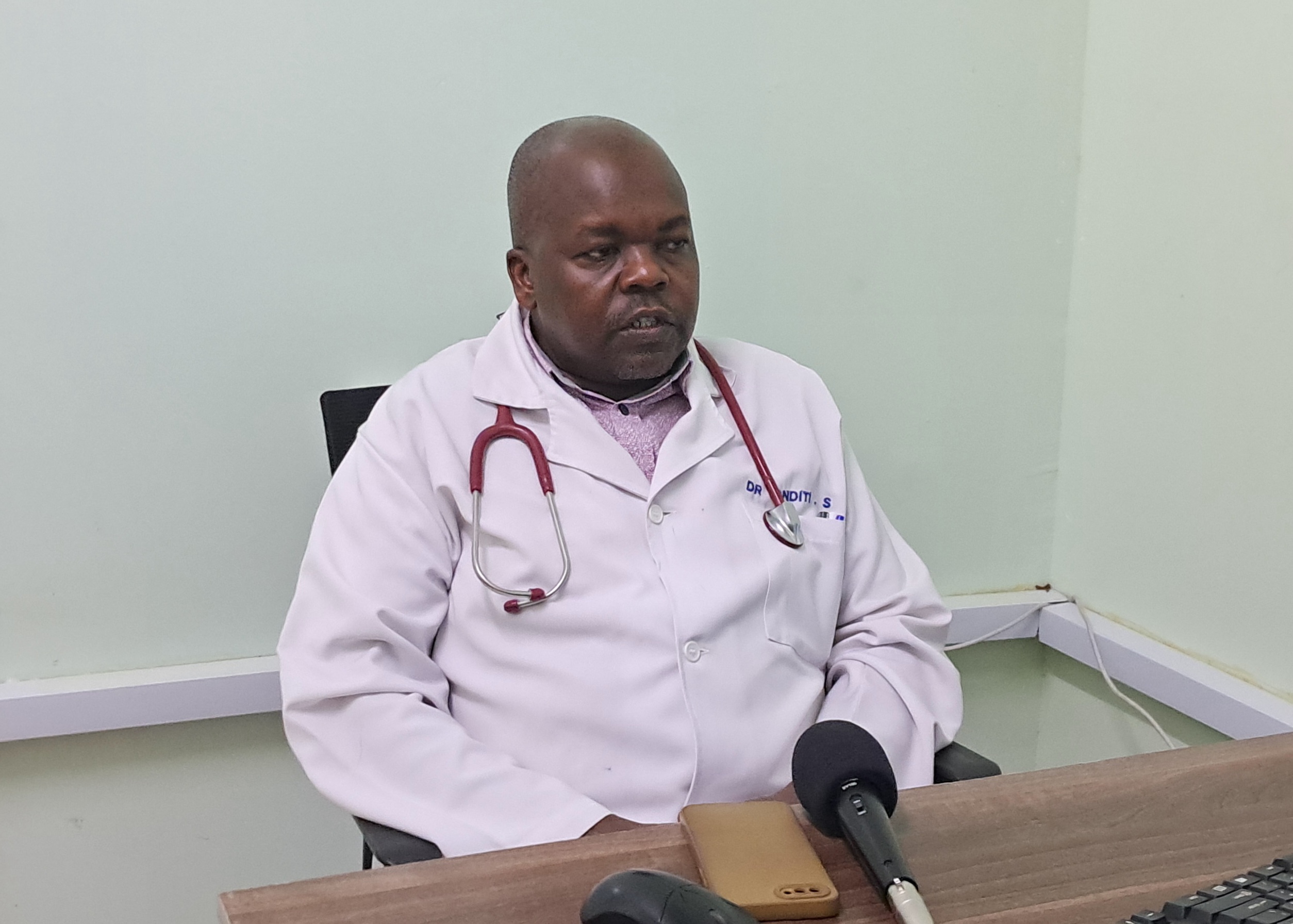Rapha Hospital Eldoret Medical Officer Warns of Miraa’s Impact on Health and Society

By Dr. Onditi Samuel, Medical Officer at Rapha Hospital and Clinics Eldoret
In recent years, the consumption of Miraa, also known as Khat, has witnessed a concerning surge in various communities. While traditionally hailed for its perceived social and stimulant benefits, the absence of scientific evidence supporting its medical or nutritional advantages raises alarms among healthcare professionals. As a medical officer at Rapha Hospital and Clinics in Eldoret, I join the global conversation surrounding Miraa, particularly in light of the World Health Organization’s recent ban on its consumption.
The WHO’s decision to classify Miraa as a substance of addiction, coupled with its acknowledgment of the associated health risks, underscores the urgent need for action. Miraa consumption often leads to overstimulation, suppressing the appetite and falsely energizing individuals, thereby disrupting their ability to maintain a balanced diet. Consequently, prolonged use can result in malnourishment and sleep disturbances, exacerbating mental health issues and impacting social performance.
Moreover, the addictive nature of Miraa poses significant challenges, with users experiencing dependency symptoms and withdrawal effects upon cessation. These withdrawal symptoms, including nervousness, irritability, and aggression, not only affect individuals but also have broader societal implications, potentially leading to confrontations and violence within communities.

While the medical implications are clear, it’s essential to recognize the broader societal and economic ramifications of Miraa production and consumption. As a substance that is both consumed and largely grown, its impact extends beyond individual health to encompass livelihoods and community dynamics.

Importantly, beyond the medical facts, it’s imperative to consider the societal and economic dimensions when evaluating the viability of Miraa production. As healthcare professionals, we must engage with stakeholders across various sectors to comprehensively assess the implications of Miraa cultivation and use.
In conclusion, the rising consumption of Miraa demands a holistic approach that addresses both its medical risks and societal consequences. By acknowledging the multifaceted impact of Miraa, we can work towards solutions that prioritize the well-being of individuals and communities alike.




